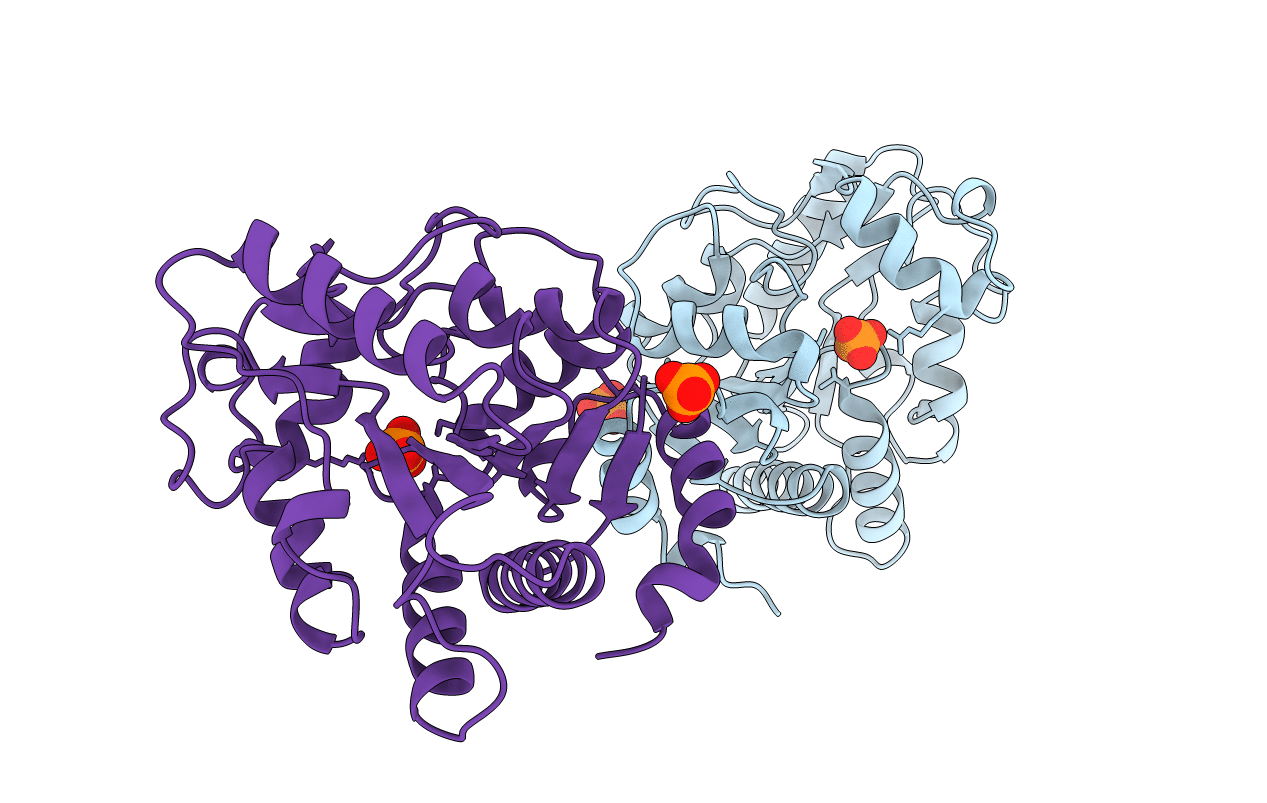
Deposition Date
1995-09-13
Release Date
1996-01-29
Last Version Date
2024-02-07
Entry Detail
PDB ID:
1DEA
Keywords:
Title:
STRUCTURE AND CATALYTIC MECHANISM OF GLUCOSAMINE 6-PHOSPHATE DEAMINASE FROM ESCHERICHIA COLI AT 2.1 ANGSTROMS RESOLUTION
Biological Source:
Source Organism:
Escherichia coli (Taxon ID: 562)
Host Organism:
Method Details:
Experimental Method:
Resolution:
2.10 Å
R-Value Work:
0.17
R-Value Observed:
0.17
Space Group:
H 3 2


